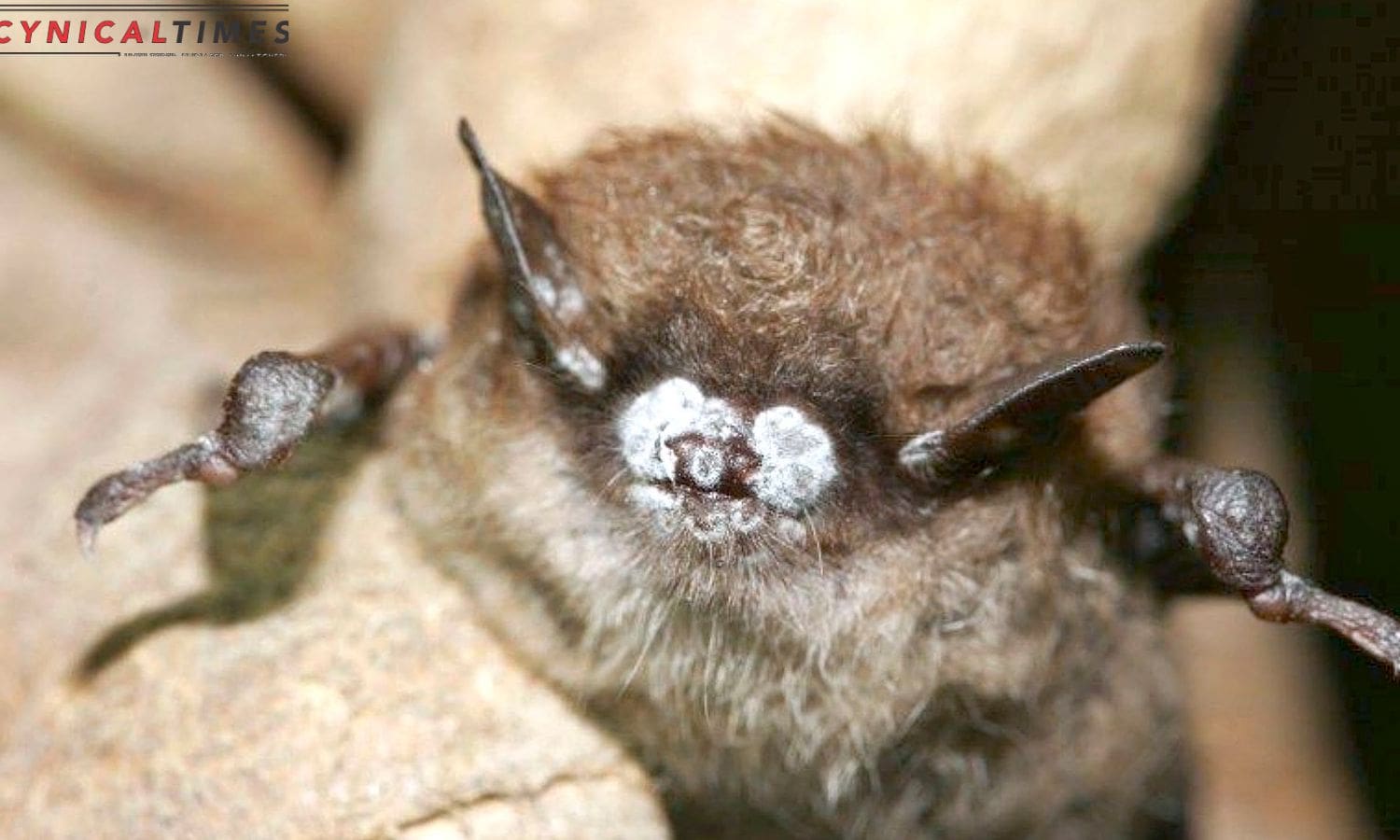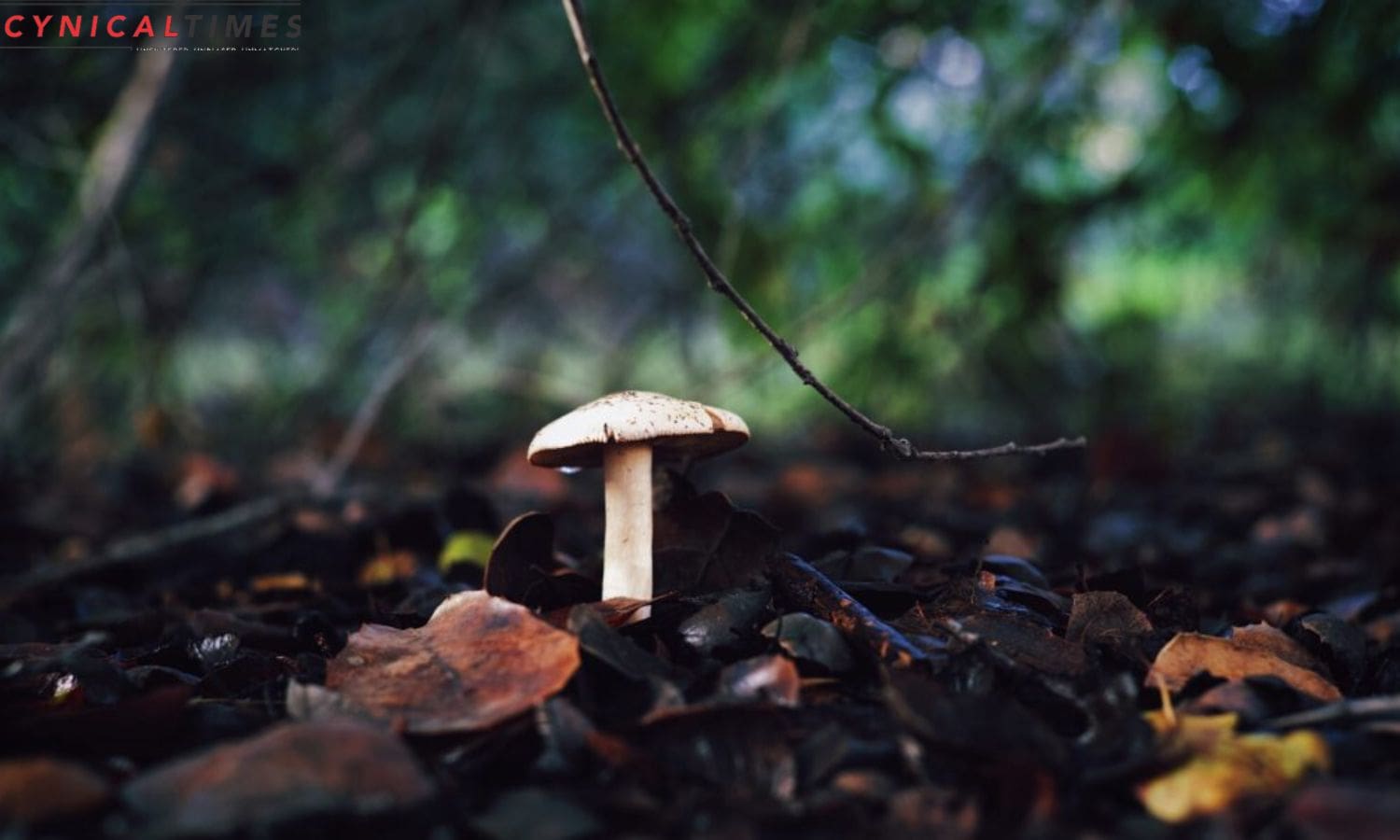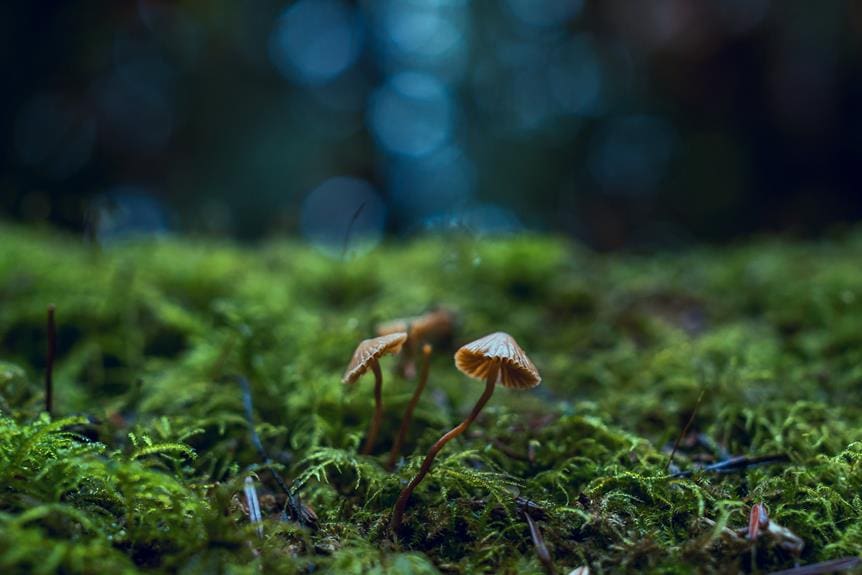Bats and Mushrooms Take Center Stage: In a captivating blend of nature and culture, California has recently unveiled its latest state icons: the pallid bat and the golden chanterelle mushroom.
These fascinating organisms, now proudly representing the state, symbolize the intricate balance of California’s ecosystems and the rich diversity of its natural resources.
As the bat takes on the role of an ecosystem guardian, and the mushroom assumes multiple roles in the state’s environmental and culinary landscapes, their official recognition reflects a deeper appreciation for the interconnectedness of all living things.
Key Takeaways Of Bats and Mushrooms Take Center Stage
- Californians enthusiastically support the new state symbols, highlighting their deep connection to the environment and preservation of flora and fauna.
- The Pallid Bat provides essential pest control services to the agriculture industry, showcasing its adaptability and resilience in diverse habitats.
- The Golden Chanterelle Mushroom forms symbiotic relationships with trees, aids in nutrient uptake, and contributes to the decomposition of dead wood.
- New laws in California, such as increased minimum wage and requirements for sick days, reflect the state’s commitment to improving well-being and promoting transparency.


Californians Embrace New State Symbols
The introduction of the pallid bat and golden chanterelle mushroom as new state symbols in California has been met with enthusiastic support from the residents of the state. Californians have embraced these additions to the list of state symbols, recognizing the unique qualities and significance of both the pallid bat and the golden chanterelle mushroom.
The pallid bat, with its distinct appearance and nocturnal habits, has captured the imagination of Californians. Known for its pale fur and large ears, this bat species is a master of echolocation, using sound waves to navigate and locate prey. Its presence in California’s diverse ecosystems makes it a fitting symbol for the state’s commitment to preserving biodiversity and wildlife.
Similarly, the golden chanterelle mushroom has found favor among Californians, who appreciate its culinary and cultural significance. This prized mushroom species is known for its vibrant golden color, rich flavor, and delicate texture. It is highly sought after by chefs and foragers alike, adding a touch of luxury to dishes and showcasing California’s abundant natural resources.
The support and enthusiasm for these new state symbols highlight Californians’ deep connection to their environment and the importance they place on preserving and celebrating the state’s unique flora and fauna. With the addition of the pallid bat and golden chanterelle mushroom, California continues to showcase its rich natural heritage and commitment to conservation.
The Pallid Bat: Ecosystem Guardian
With its significant role in California’s ecosystem, the pallid bat emerges as a guardian of the state’s delicate ecological balance. This incredible creature provides essential pest control services to the agriculture industry, saving California an estimated $1 billion. But the pallid bat’s influence extends far beyond economic benefits. It thrives in a variety of habitats, from the arid deserts to the lush coastal redwood forests, showcasing its adaptability and resilience. The bat’s social colonies and unique communication methods further highlight its complexity and intelligence. To visually illustrate the breadth of its impact, consider the following table:
| Habitat | Role |
|---|---|
| Deserts | Controls insect populations, ensuring plant survival |
| Forests | Pollinates flowers and disperses seeds |
| Wetlands | Helps control mosquito populations, reducing disease transmission |
| Agricultural fields | Controls crop pest populations, promoting healthy harvests |
| Urban areas | Helps keep insect populations in check, reducing the need for pesticides |
The pallid bat’s presence in these diverse ecosystems underscores its vital role as an ecosystem guardian, ensuring the well-being of California’s natural environment.
The Golden Chanterelle Mushroom: State Mushroom with Multiple Roles
The official state mushroom of California, the golden chanterelle, serves multiple roles in the ecosystem. These prized fungi play a crucial role in the forest by forming symbiotic relationships with trees, aiding in nutrient uptake and enhancing their resilience to stress.
Golden chanterelles also contribute to the decomposition of dead wood, breaking it down and returning vital nutrients to the soil. Moreover, these mushrooms provide a valuable food source for many animals, including insects, rodents, and larger mammals.
Their vibrant golden color and unique shape make them a sought-after ingredient in culinary dishes, adding a rich, earthy flavor to various recipes. Additionally, the popularity of foraging for golden chanterelles has given rise to a thriving industry, providing economic opportunities for individuals and communities alike.


Also Read: Pizza Hut Layoffs and Beyond: Fast-Food’s Wage Hike Woes
New Laws in California: Impacting Lives in 2024
California’s legislative changes in 2024 are set to significantly impact the lives of its residents, particularly through the implementation of new laws. These laws address various aspects of daily life, aiming to improve the well-being of Californians.
One such change is the increase in the state minimum wage to $16 an hour, which will provide workers with a more livable income.
Additionally, property owners now have the ability to sell Accessory Dwelling Units (ADUs) separately, offering more affordable housing options for buyers.
Another important change is the requirement for employers to provide at least five sick days to their employees, ensuring that workers can take care of their health without sacrificing their income.
Lastly, law enforcement is now mandated to inform individuals of the reason for traffic stops, promoting transparency and accountability.
These new laws reflect California’s commitment to creating a better future for its residents.
Reflection on Symbolic and Legislative Changes
In light of these recent legislative changes, the reflection on the symbolic and legislative shifts in California reveals a profound transformation in the state’s priorities and values. The addition of the pallid bat and golden chanterelle mushroom as state icons signifies a recognition of the ecological importance of these species and a commitment to their conservation. Moreover, the implementation of new laws demonstrates California’s dedication to addressing pressing societal and environmental issues.
Here are two key aspects to consider:
- Ecological Awareness:
- The designation of the pallid bat and golden chanterelle mushroom as state symbols reflects California’s recognition of the critical role these species play in the state’s ecosystems.
- It highlights the state’s commitment to preserving biodiversity and protecting fragile habitats.
- Progressive Legislation:
- The new laws implemented in California reflect a shift towards more inclusive and sustainable policies.
- They address issues such as environmental protection, social justice, and public health, showcasing California’s dedication to creating a better future for its residents.
These symbolic and legislative changes exemplify California’s ongoing transformation, as it strives to prioritize the environment, equity, and the well-being of its population.

Conclusion Of Bats and Mushrooms Take Center Stage
The recent adoption of the pallid bat and golden chanterelle mushroom as state symbols in California reflects the state’s commitment to protecting its diverse ecosystems.
These new icons not only represent the beauty and importance of California’s natural resources but also serve as a reminder of the need for conservation efforts.
Additionally, the implementation of new laws in 2024 will have a significant impact on the lives of Californians, further shaping the state’s future.
Our Reader’s Queries
Are mushrooms or bats better for community center?
For those new to the game or those who prefer mining and exploration, mushroom caves are the top choice. On the other hand, fruit bat caves are ideal for players who want to build relationships with villagers quickly. This is because fruit and artisan items are highly valued as gifts.
What is more profitable mushrooms or fruit bats?
Opting for a mushroom cave can prove to be a wise decision in the long run. The mushrooms yield higher profits and thrive consistently if you retire after 6 pm. Additionally, with ample fruit trees, you can easily make up for not selecting the fruit bat cave.
How does the bat cave work in Stardew Valley?
When he requests to use the cave for research, he presents you with a decision to make. You must choose between fruit bats or mushrooms, and once you make your choice, it cannot be undone. Opting for fruit bats will result in a variety of fruits being left on your farm overnight, while selecting mushrooms will provide you with daily boxes of mushrooms. It’s important to choose wisely, as this decision will have a significant impact on your farm’s productivity.
What level are bats on Stardew Valley?
Looking to get your hands on some bat wings? You’re in luck! These elusive items can be found in various locations, including levels 31 to 39 of The Mines and The Wilderness Farm. Keep an eye out for the Bat and its dangerous variation, which have a 94% chance of dropping bat wings. If you’re feeling brave, head to levels 41 to 79 of The Mines and look for the Frost Bat and its dangerous variation, which have a 95% chance of dropping bat wings. Happy hunting!

